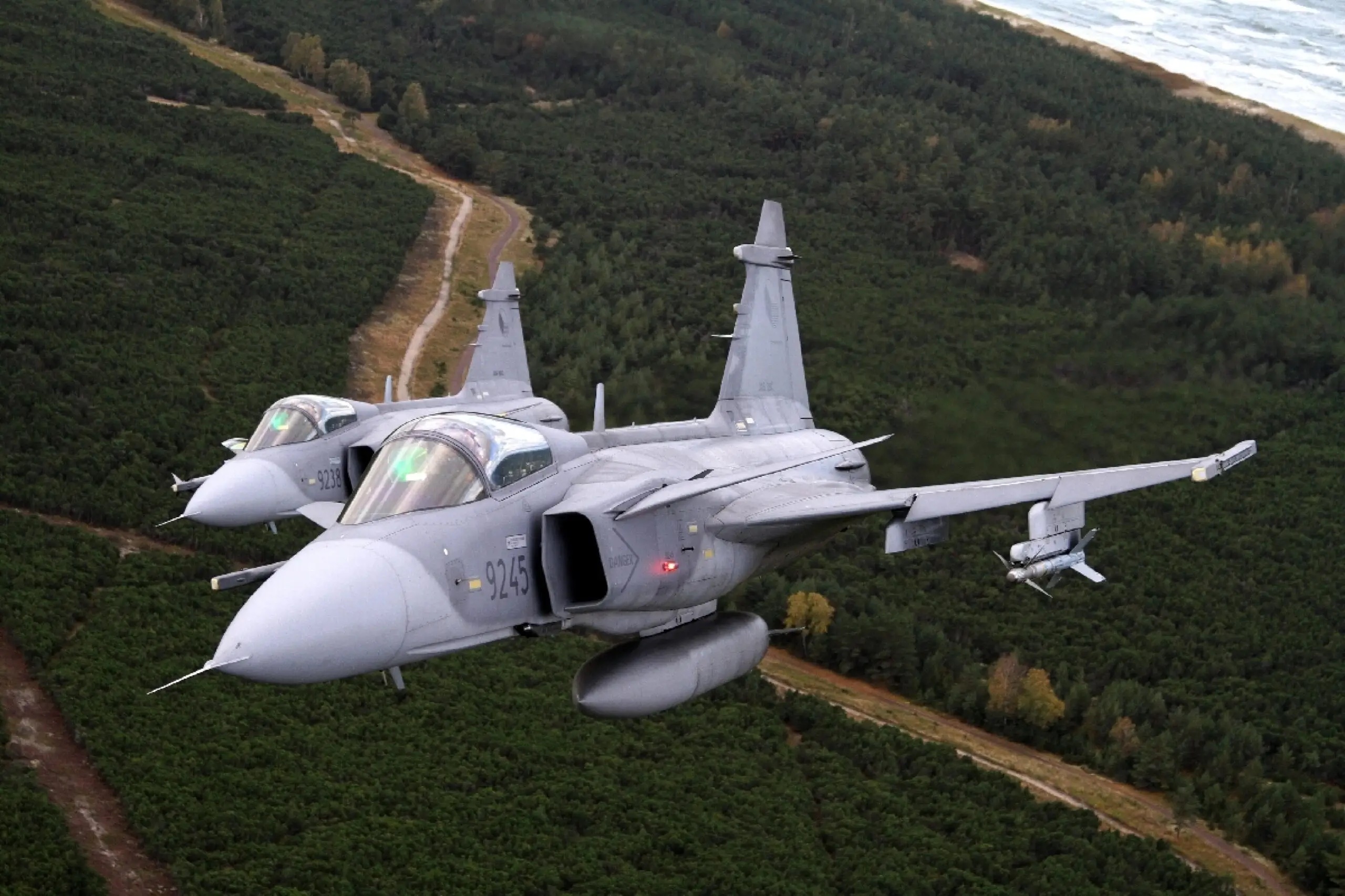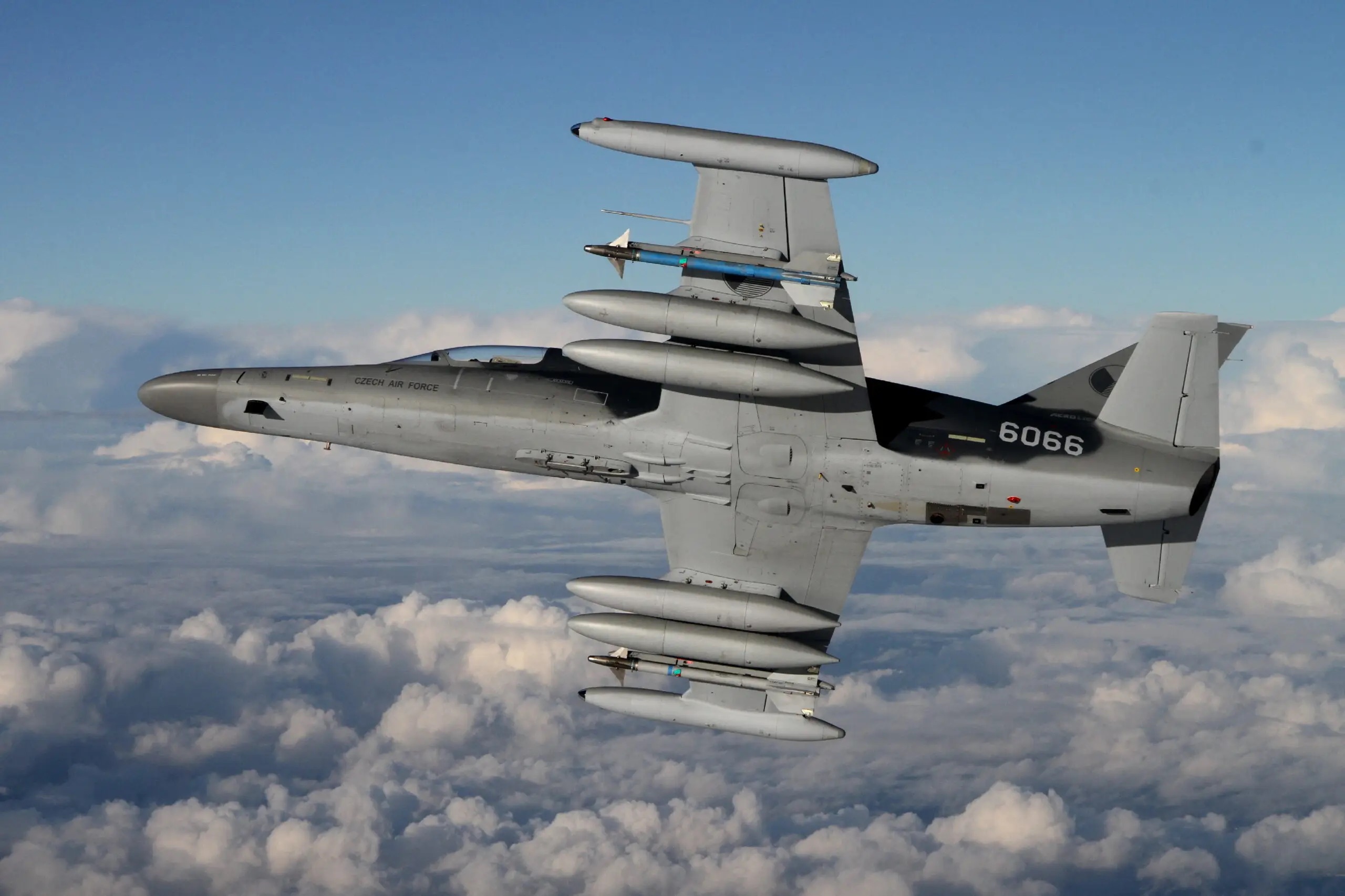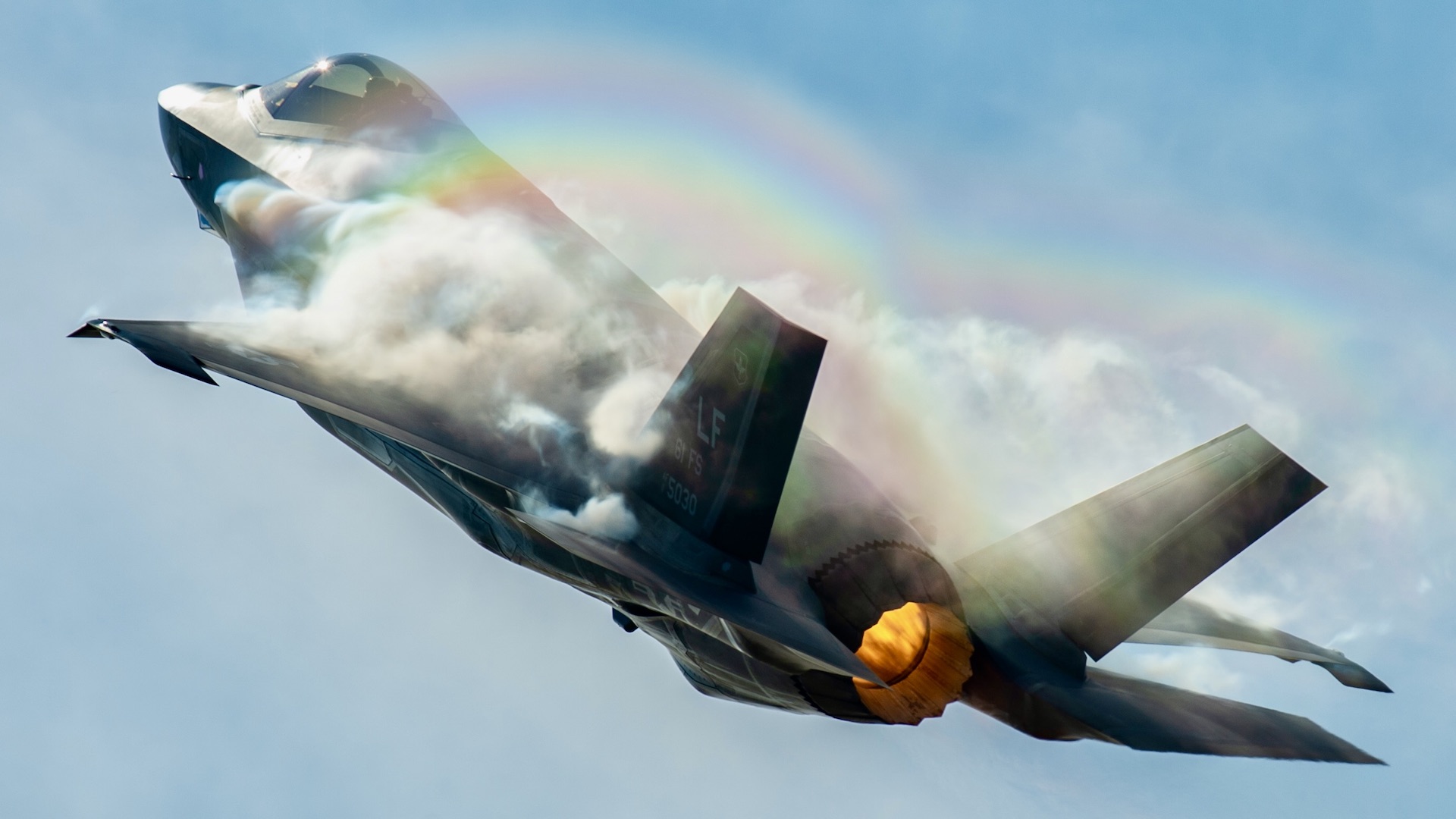The Czech Republic has become the latest customer of the F-35 stealth fighter, following several years of planning between the country and the United States. This comes amid a ballooning F-35 footprint in Europe as of late, particularly amongst NATO member states.
It was officially confirmed today by Lockheed Martin, the aircraft’s manufacturer, that the Czech government has signed a Letter of Offer and Acceptance (LOA) marking its intent to procure 24 fifth-generation F-35 aircraft through the U.S. government’s Foreign Military Sale (FMS) program. While the precise F-35 variant being sold to the Czech Republic was not confirmed by Lockheed, this presumably pertains to the conventional takeoff and landing (CTOL) F-35A variant.
The aircraft will boast the latest advanced Block 4 upgrades, the company notes. In addition to the F-35s, the procurement “also includes personnel training, service and logistical support, and developing other support services ensuring successful deliveries of all 24 F-35s,” per Lockheed.
In all, it’s been reported that the deal is worth around 150 billion Czech koruna ($6.6 billion at the time of writing). Previously, it was suggested by the Czech government that $5 billion of any agreement would be spent on the aircraft, the training of pilots, and ammunition, while the remaining monies would be used to upgrade Čáslav Air Force base in the central Czech Republic as well as for fuel and staff training. The current thinking is that the Czech Air Force will receive its first F-35 in 2031, with the rest reportedly arriving by 2035.
“I promised that the contract for American F-35 aircraft would be concluded by the end of March at the latest, and today I fulfilled this promise,” the Czech Minister of Defense Jana Černochová reportedly said after the LOA was officially signed earlier today.
That negotiations between the Czech Republic and the United States for 24 F-35s were starting was confirmed by both Černochová and by the country’s Prime Minister Petr Fiala back in July 2022. Following those negotiations, the Czech government officially approved the acquisition of the aircraft in September 2023, at which time the State Department put an estimated value on the deal of up to $5.62 billion.
As we noted previously, the future addition of 24 F-35s will increase not only the capabilities but also the size of the Czech Republic’s fighter force, replacing the country’s single squadron of Saab JAS 39C/D Gripens.

The fleet of Gripens, comprising 12 single-seaters and a pair of two-seaters, are primarily used for air defense both locally and on a rotational basis to protect the airspace of the Baltic States and Iceland. The first aircraft was delivered to Caslav in 2005 as part of a leasing deal signed in 2004 with Sweden. An extension to said deal, signed in 2014, is set to keep the Gripens flying until at least 2027, although this could still be extended to 2029.
Previously, it was reported that Sweden offered Prague the option of keeping the Gripens “almost free of charge” instead of the latter procuring F-35 fighters. Procuring Lockheed’s F-35 was also deemed by Prague to be a better economic decision than acquiring the new JAS 39E/F Gripen version.

On top of this, the Czech Republic also operates 16 single-seat L-159A Advanced Light Combat Aircraft, or ALCA, and five of the two-seat L-159T1 version; these are used primarily for light attack and close support. It remains unclear if the F-35s will replace these aircraft, too.

Moving from the Gripen to the F-35 will see the country trade a modestly upgraded fourth-generation fighter for a fifth-generation one with stealth characteristics and the option of including advanced standoff weaponry.
Switching to the F-35 brings benefits for the Czech Republic in terms of platform sharing with both NATO members and future NATO members in Europe — a significant factor, given that Prague initially cited tensions in Eastern Europe and the war in Ukraine as a key reason for acquiring the aircraft. Belgium, Denmark, Finland, Germany, Italy, the Netherlands, Norway, Poland, and the United Kingdom have all ordered the F-35, and Romania expects to sign a LOA this year for the aircraft.
Most recently, 40 F-35s and related equipment were approved for sale to Greece by the Biden administration, alongside 40 Block 70 F-16 Fighting Falcons for Turkey, following the latter’s ratification of Swedish NATO membership. Lockheed anticipates that by the 2030s, more than 600 F-35s will work together from more than 10 European countries, including two full U.S. F-35 squadrons stationed at Royal Air Force Lakenheath in England.
Switzerland, which is not a member of NATO, is set to start receiving F-35 deliveries later this decade, while U.S. Air Force F-35s are permanently based in Europe.
Despite these technological and interoperability advantages, there will be a lengthy wait before the Czech Republic receives all its F-35s, which places added pressure on the service life of the country’s Gripens.
As we highlighted recently, delays surround the development and testing of the Tech Refresh-3 (TR-3) hardware configuration — the new hardware backbone and associated baseline software required to handle the various demands of the Block 4 upgrades, the precise makeup of which you can read more about here. Delays with TR-3 mean that F-35s are being parked and not delivered after they are constructed, waiting for these features.

These delays have added significant cost to the F-35 program, too, which has struggled significantly at times. As we noted earlier this month:
“At a House Armed Services Committee hearing in December [2023], Representative Donald Norcross, a Democrat from New Jersey, said that problems with TR-3 had led to a $1 billion cost overrun. The full estimated cost of the F-35 program through the end of its expected lifecycle in the 2070s is currently pegged at around $1.7 trillion, according to the Government Accountability Office (GAO).”
That the Czech Republic is now formally committed to procuring the F-35 is clearly a boost not only for the country but for the aircraft’s manufacturing program, too, but the full extent of its undoubted capabilities could still be subject to delay.
Contact the author: oliver@thewarzone.com
